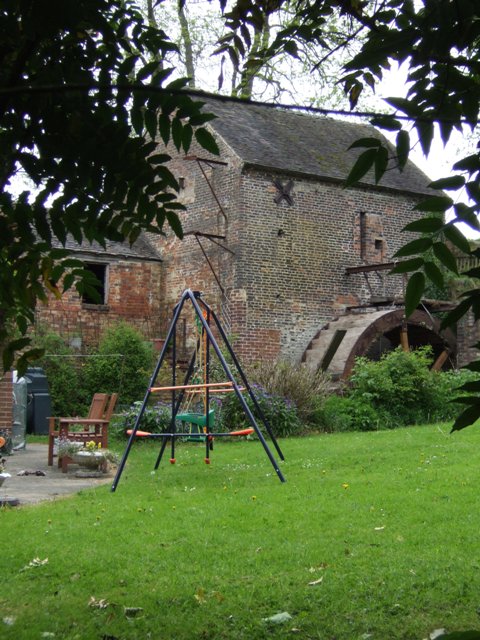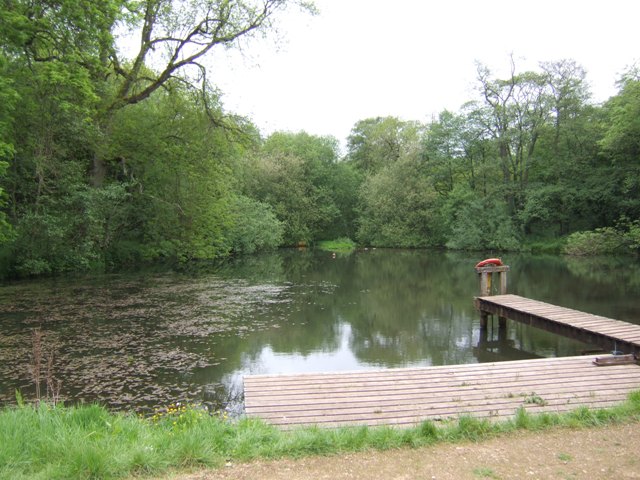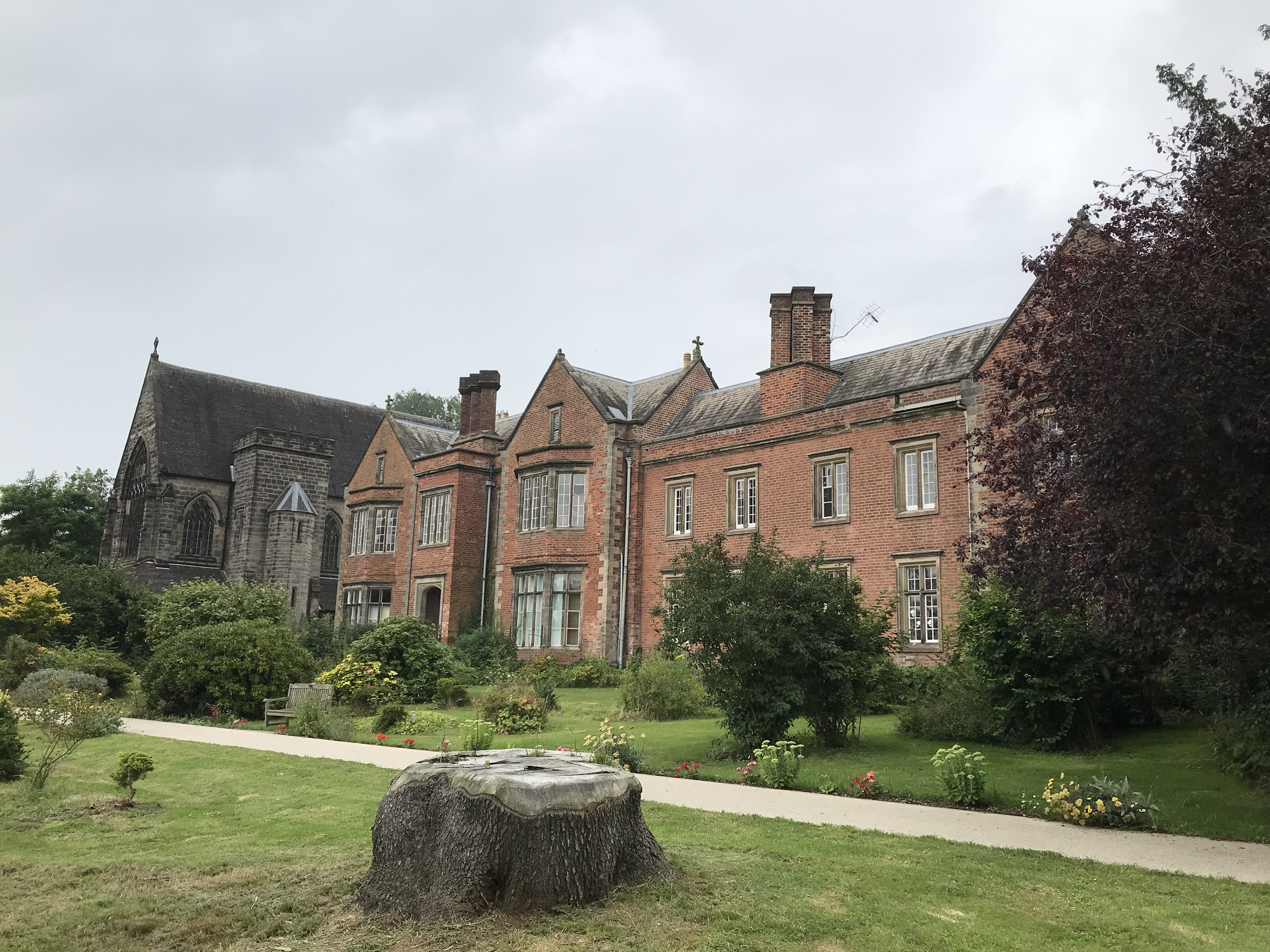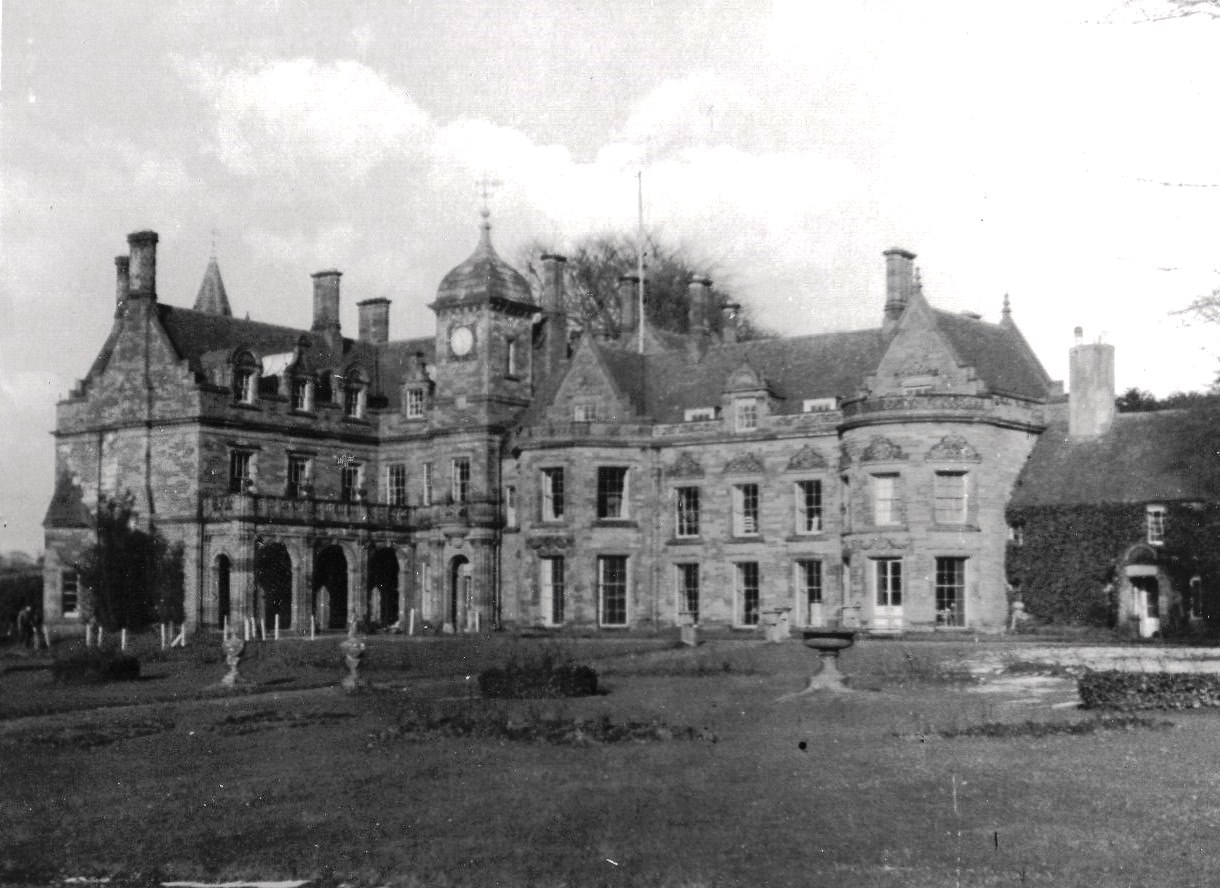Downs Banks
Heritage Site in Staffordshire Stafford
England
Downs Banks
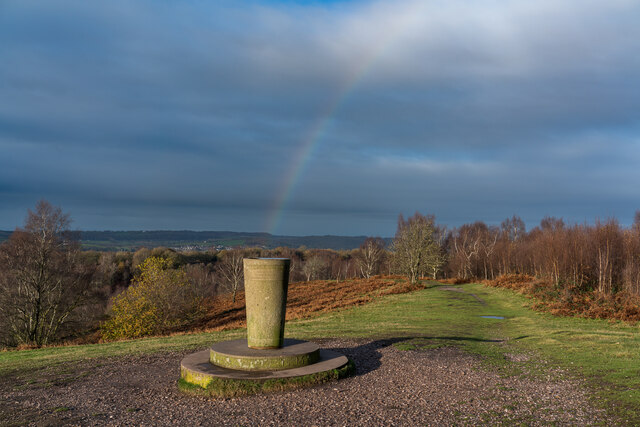
Downs Banks is a picturesque heritage site located in Staffordshire, England. Situated on the edge of the Staffordshire Moorlands, it covers an area of around 71 hectares and offers stunning panoramic views of the surrounding countryside.
The site is known for its diverse range of habitats, including ancient woodland, heathland, and meadows. It is home to a rich variety of wildlife, with numerous species of birds, butterflies, and wildflowers thriving in this natural haven.
One of the highlights of Downs Banks is its network of walking trails, which wind through the woodland and open spaces. These paths allow visitors to explore the site at their own pace and take in the breathtaking scenery. There are also designated areas for picnicking, making it a popular spot for families and nature enthusiasts.
Downs Banks has a fascinating history, with evidence of human activity dating back thousands of years. The site contains several archaeological features, including an Iron Age hillfort and the remains of a medieval village. These historical remnants add an extra layer of intrigue to the site, making it a fascinating destination for those interested in the region's past.
Managed by the National Trust, Downs Banks offers a range of amenities for visitors, including a car park and toilets. The site is open year-round and admission is free, making it accessible to all. Whether you're seeking a peaceful stroll in nature, a glimpse into the past, or simply a place to unwind, Downs Banks is a must-visit destination in Staffordshire.
If you have any feedback on the listing, please let us know in the comments section below.
Downs Banks Images
Images are sourced within 2km of 52.93/-2.147 or Grid Reference SJ9036. Thanks to Geograph Open Source API. All images are credited.
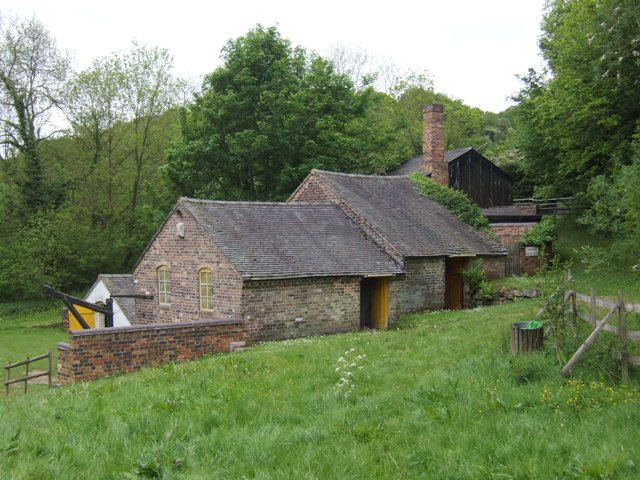


Downs Banks is located at Grid Ref: SJ9036 (Lat: 52.93, Lng: -2.147)
Administrative County: Staffordshire
District: Stafford
Police Authority: Staffordshire
What 3 Words
///king.smoke.smile. Near Barlaston, Staffordshire
Nearby Locations
Related Wikis
Downs Banks
Downs Bank, also known as Barlaston Downs, is an area of open countryside, located two miles (3 km) north of the town of Stone in Staffordshire, and four...
Meaford Power Station
Meaford Power Station was a coal-fired power station situated on the River Trent at Meaford near Stone in Staffordshire. == History == === Meaford A... ===
Oulton Abbey
St Mary's Abbey, Oulton is a former Benedictine convent located in the village of Oulton near Stone in Staffordshire, England. The Abbey church is Grade...
Meaford Hall, Staffordshire
Meaford Hall in Staffordshire, England is a 17th-century country house at Meaford, near Stone, Staffordshire. The River Trent runs through the estate's...
Barlaston
Barlaston is a village and civil parish in the borough of Stafford in the county of Staffordshire, England. It is roughly halfway between the city of...
Wedgwood Memorial College
Wedgwood Memorial College was a small residential college in Barlaston, near Stoke-on-Trent in Staffordshire, England. The college was owned and operated...
Barlaston railway station
Barlaston railway station served the village of Barlaston in Staffordshire, England. This station was opened on 17 April 1848 and is on the first line...
St Dominic's Priory School, Stone
St Dominic's Priory School is an independent Catholic day school in the town of Stone, Staffordshire, halfway between Stoke-on-Trent and Stafford. The...
Nearby Amenities
Located within 500m of 52.93,-2.147Have you been to Downs Banks?
Leave your review of Downs Banks below (or comments, questions and feedback).









